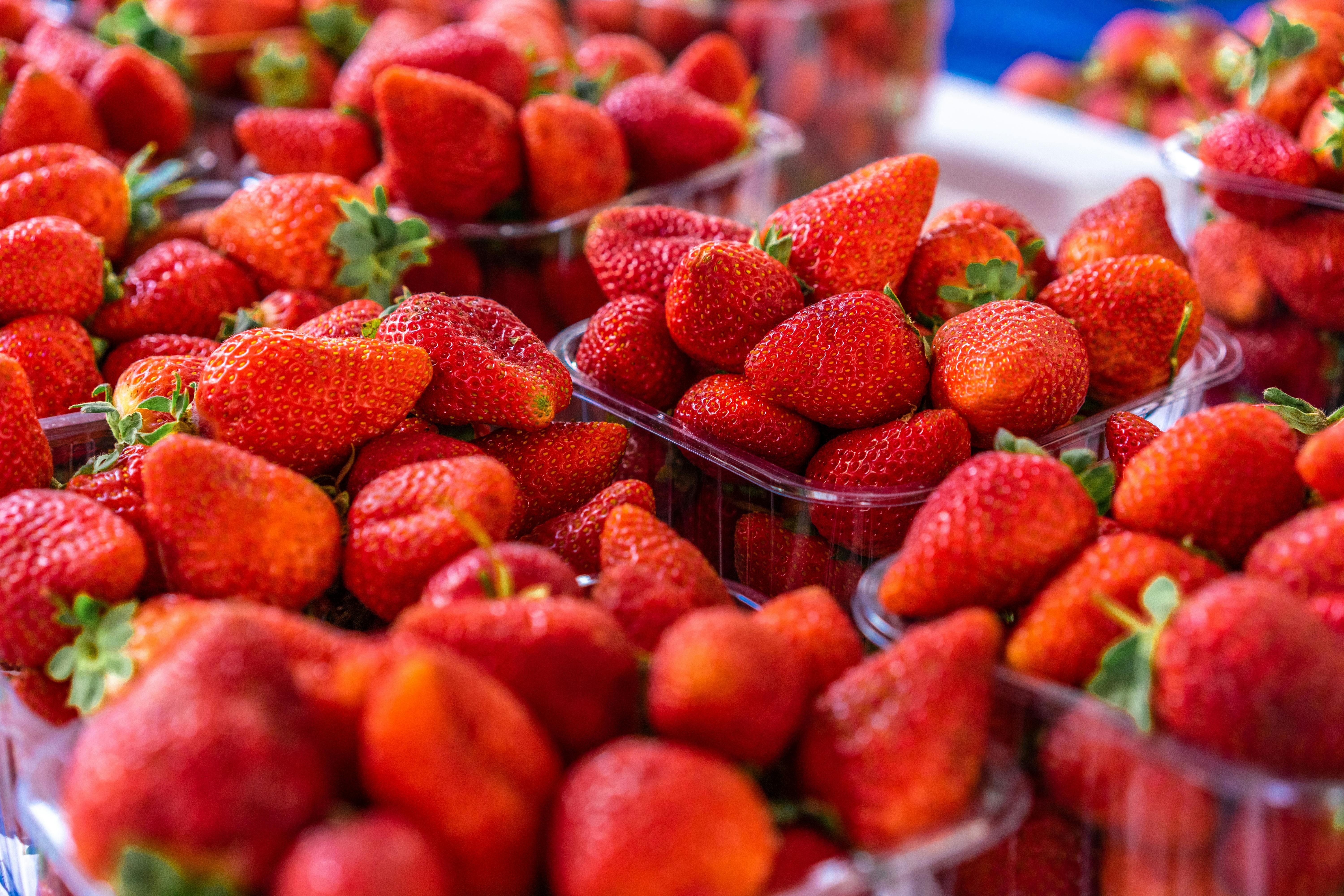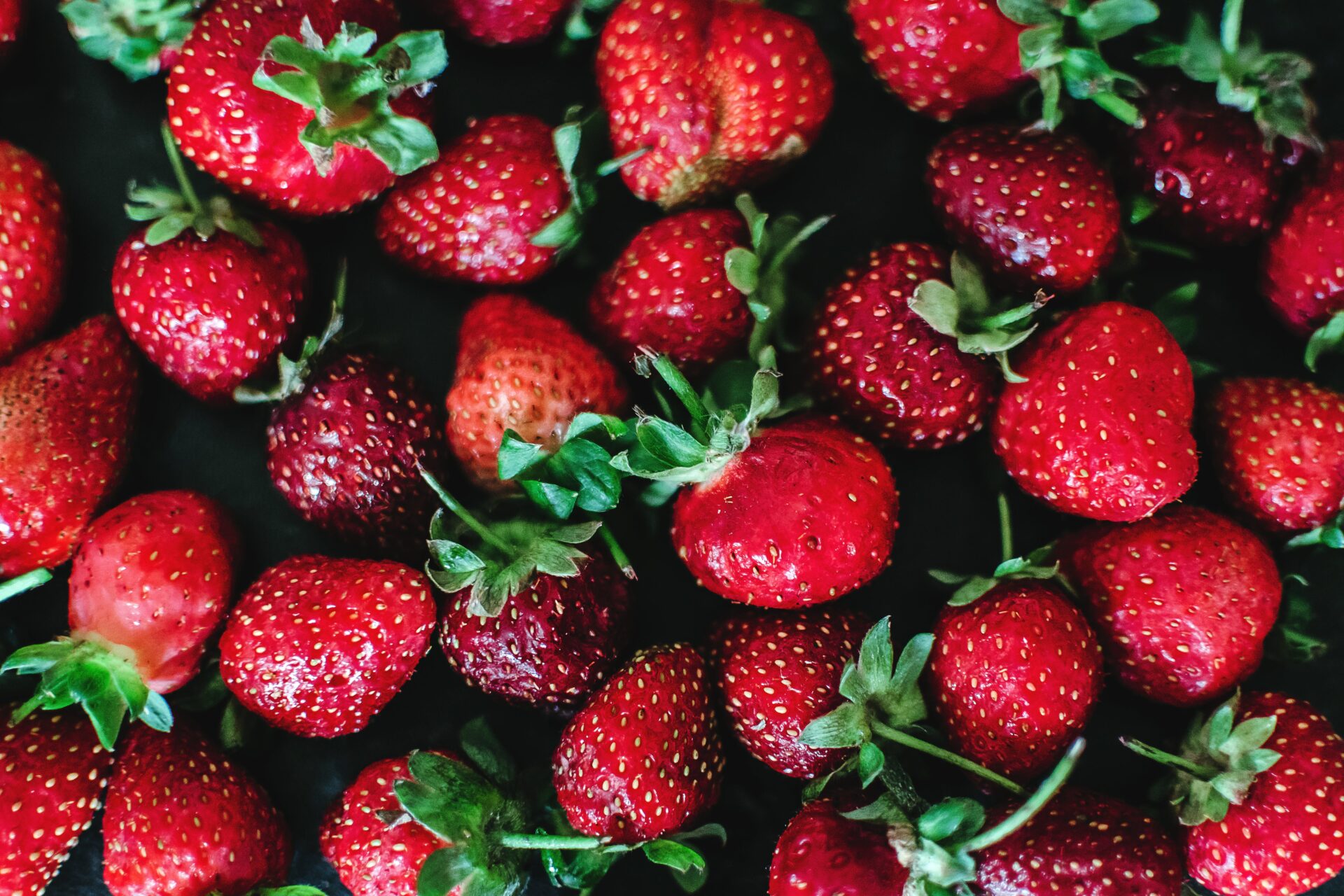Strawberries are a popular fruit and have been cultivated for centuries. They are grown in many different regions around the world, and they have a wide range of uses. One of the most important questions for strawberry growers is how many pounds of strawberries can be harvested per acre? This article will provide an overview of the number of pounds of strawberries that can be expected from an acre of land. It will also discuss factors that influence the yield, such as soil type, climate, and cultivation techniques.The amount of pounds of strawberries that can be grown per acre varies depending on the variety of strawberry and growing conditions. Generally, a strawberry crop will produce between 4,000 and 8,000 pounds per acre.
Soil Type
The type of soil is an important factor that affects the amount of strawberries grown per acre. Soils that are well-drained and have a good balance of nutrients are ideal for growing strawberries. Sandy loam soils with high organic matter content are the most suitable for strawberry cultivation. Poorly drained soils should be avoided, as they can cause root rot and other diseases. Furthermore, soil pH should also be monitored as acidic soils can reduce the yield of strawberries significantly.
Climate
The climate is another important factor in determining the amount of strawberries grown per acre. Strawberry plants require a specific temperature range and light exposure to thrive. In general, they prefer mild climates with temperatures between 15–20°C (59–68°F). Excessive heat or cold can reduce yields significantly. Additionally, adequate daylight hours are necessary to ensure proper pollination and fruit set.
Variety
The variety of strawberry plant is also a key factor that affects the amount of strawberries grown per acre. Different varieties have different characteristics such as disease resistance, yield potential, and fruiting period. For example, some varieties may produce larger fruits but fewer fruits per plant, while some may produce smaller fruits but more fruits per plant. Therefore, it is important to select the right variety for your particular needs.
Fertilization
Fertilization is another critical factor in determining the amount of strawberries grown per acre. Applying fertilizer at least once during the growing season will help to ensure that plants receive sufficient nutrients for optimal growth and production. Additionally, organic fertilizers such as compost or manure may be added to improve soil fertility.
Irrigation
Adequate irrigation is essential for strawberry cultivation as it helps to keep plants healthy and productive. Too little water can lead to poor yields while too much water can cause root rot and other diseases. Therefore, careful monitoring of soil moisture levels is necessary to ensure optimal growth conditions.
What Is the Average Yield of Strawberries Per Acre?
The average yield of strawberries per acre depends on many factors, such as variety, soil quality, climate, disease pressure, and pest control. In general, commercial strawberry growers can expect to harvest 6-10 tons per acre, with some growers reporting yields as high as 12-15 tons per acre.
However, the average yield is likely to be lower in small-scale operations due to the lack of access to specialized equipment and knowledge. Poorly managed soils can also lead to reduced yields. Additionally, cooler climates may result in lower yields than those reported for warmer climates.
In order to maximize yields in any production system, it is important to use good management practices such as crop rotation and fertilization. It is also important to select a variety that is well-suited for the local climate and soil conditions. Pest and disease control measures should also be taken in order to ensure maximum yields.
By following these practices and selecting varieties that are adapted for the local environment, growers can maximize their yields and ensure a successful strawberry crop each season.
How Much Space Is Required for Growing Strawberries Per Acre?
Growing strawberries requires ample space per acre to ensure producers get the best yield and quality. Generally, 3,000 to 5,000 plants are needed for a one-acre strawberry patch. To accommodate this amount of plants, producers need to dedicate 4 feet of space between each row and 1 foot between each individual plant. This provides enough room for the roots to grow and access as much nutrients as possible from the soil.
A healthy strawberry patch should also accommodate a two-foot aisle between each row. This allows producers to easily access the plants for maintenance, harvesting and other tasks without damaging or disturbing them. For easier management, producers may opt to use raised beds or use a trellis system which also helps in providing more support to the plants as well as preventing pests and diseases from spreading easily.
In summary, an acre of land should have enough space for 3,000 – 5,000 strawberry plants with 4 feet between rows and 1 foot between individual plants. Additionally, there should be a two-foot aisle between each row for easier management and access.
Best Time of Year for Planting Strawberries Per Acre
Planting strawberries per acre requires careful consideration of the best time of year to ensure successful growth. The best time of year to plant strawberries is typically in late summer or early autumn, when temperatures are warm enough for the plants to take root and begin to grow. For areas with colder climates, spring is typically a better time to plant as it allows the plants more time to become established before the cold winter months arrive.
When planting strawberries, it is important to ensure that the soil is well-drained and full of organic matter. Additionally, careful consideration should be given to selecting varieties that are suited for the climate and soil conditions in your area. Planting too early can lead to frost damage, so waiting until late summer or early autumn is important even in warmer climates.
Strawberries require plenty of sunlight and should be planted in an area that gets at least 6-8 hours of direct sunlight each day. Additionally, they should be spaced 1-2 feet apart with rows spaced at least 3 feet apart from one another. Once planted, strawberry plants need plenty of water but not overly wet conditions – usually about 1 inch per week during dry periods is sufficient.
Overall, planting strawberries per acre requires careful consideration of climate and soil conditions, as well as timing and spacing for successful growth and harvest yields. Late summer or early autumn is generally considered the best time for planting strawberries per acre as this allows adequate time for growth before cold weather arrives.

Types of Soil for Growing Strawberries
When it comes to growing strawberries, the type of soil you use can play a major role in determining the success of your crop. In general, well-drained soils with good water-holding capacity and high organic matter content are best for strawberries. Sandy loams and silty loams are often recommended, as they provide good aeration and moisture retention. Clay soils should be avoided if possible, as they can become too wet or dry quickly. Including compost or other organic material helps to improve the soil structure and increase the nutrient content. For maximum yields, it is important to maintain a balanced pH level of between 6.0 and 7.0. A soil test should be conducted prior to planting in order to determine if additional amendments are necessary for optimal growth.
Overall, strawberry plants prefer slightly acidic soils with plenty of organic matter and good drainage capabilities. Adding compost or manure to the soil can help improve aeration and enhance fertility levels. It is also important to ensure that the soil has adequate moisture throughout the growing season in order to promote healthy fruit production. If possible, avoid using clay-based soils as they tend to become too wet or dry quickly and reduce yields significantly. By taking these factors into consideration prior to planting, you will be well on your way towards a successful strawberry crop!
How Much Water Does a Strawberry Plant Need Per Acre?
Strawberry plants require an average of 20-25 inches of water per acre per year. This amount of water should be applied evenly throughout the growing season to ensure optimal plant health and fruit production. The amount of water needed can vary depending on the type of soil, temperature, and other environmental factors. It is important to monitor the soil moisture levels regularly and adjust irrigation accordingly. When irrigating, it is important to apply enough water to reach a depth of 8-10 inches in the soil. If there is not enough water being applied, the plants may suffer from drought stress and produce fewer fruits or lower quality fruits.
It is also important to note that different types of strawberries may have different water needs. For example, day-neutral varieties require less water than June-bearing varieties because they typically flower and fruit during warmer months when there is more rainfall available. Regardless of variety, it is important to monitor soil moisture levels regularly to ensure that plants are receiving adequate amounts of water for optimal growth and fruit production.
Common Pests and Diseases Affecting Strawberry Plants Per Acre
Strawberry plants are susceptible to a variety of pests and diseases that can affect yields and cause economic losses. Common pests and diseases that affect strawberry plants per acre include spider mites, aphids, fungus gnats, leafrollers, slugs and snails, thrips, strawberry weevils, gray mold (Botrytis), red stele root rot (Phytophthora fragariae), Verticillium wilt (Verticillium dahliae) and powdery mildew (Podosphaera aphanis).
Spider mites are tiny arachnids that can damage the foliage of strawberry plants by sucking sap from the leaves. Aphids are soft-bodied insects that can also damage foliage by feeding on the plant sap. Fungus gnats may cause root damage to strawberry plants if their larvae feed on the roots. Leafrollers feed on the leaves and can weaken or stunt growth of young plants. Slugs and snails feed on foliage or fruit directly, leaving holes behind.
Thrips are small insects that feed on plant foliage by scraping it with their sharp mouthparts. Strawberry weevils are small beetles that chew through crowns and roots of strawberry plants while gray mold is a fungal disease caused by Botrytis cinerea which can cause rotting of fruits. Red stele root rot is caused by Phytophthora fragariae which can reduce yields significantly if left untreated. Verticillium wilt is caused by Verticillium dahliae which affects the vascular system of the plant, causing wilting symptoms in foliage. Finally, powdery mildew is caused by Podosphaera aphanis which affects both the leaves and fruits of strawberry plants.
As such, it is important for growers to monitor for signs of these pests and diseases in order to keep losses to a minimum. Knowing how to identify pests and diseases as well as appropriate management strategies are necessary for successful strawberry production per acre.

Conclusion
On average, a strawberry acre will produce around 5,000 to 8,000 pounds of fruit. However, this amount can vary greatly depending on factors such as soil type, weather conditions, and the variety of strawberry grown. Additionally, other factors such as fertilization and pest control can play a role in determining the exact amount of strawberries produced per acre. While the exact amount of strawberries produced per acre varies, it is evident that growing strawberries is an extremely profitable endeavor for any farmer.
Strawberries are one of the most popular fruits in the world and demand for strawberries continues to rise each year. With proper management and maintenance, strawberry farmers can take advantage of this growing demand and maximize their yields per acre. The amount of pounds that an acre of strawberries produces may vary from farm to farm but it is clear that with proper management and care farmers can maximize their yields and enjoy a lucrative harvest each season.



